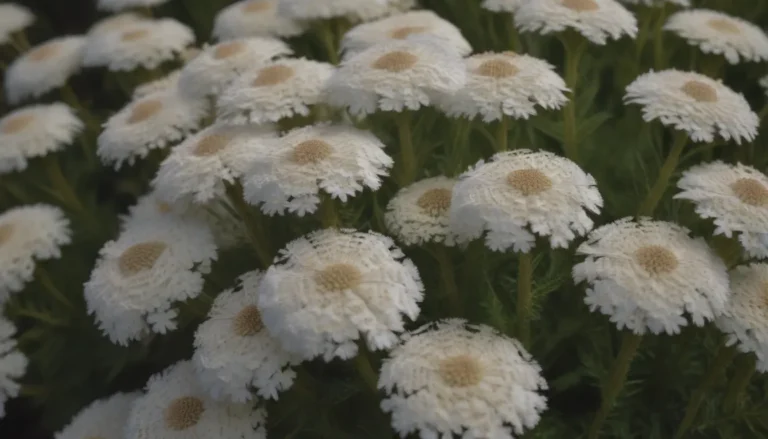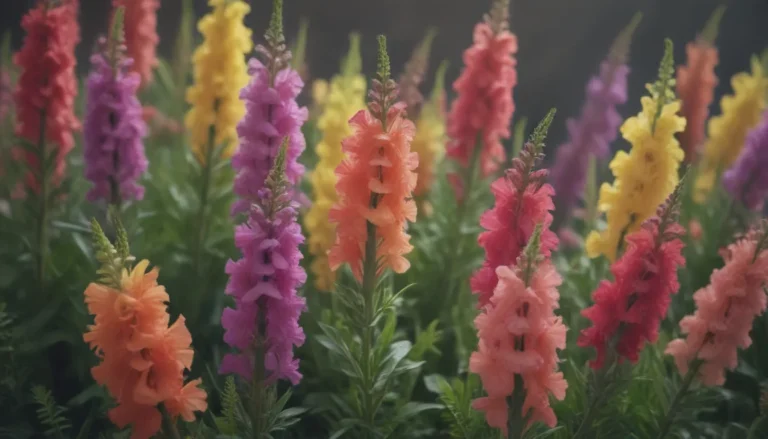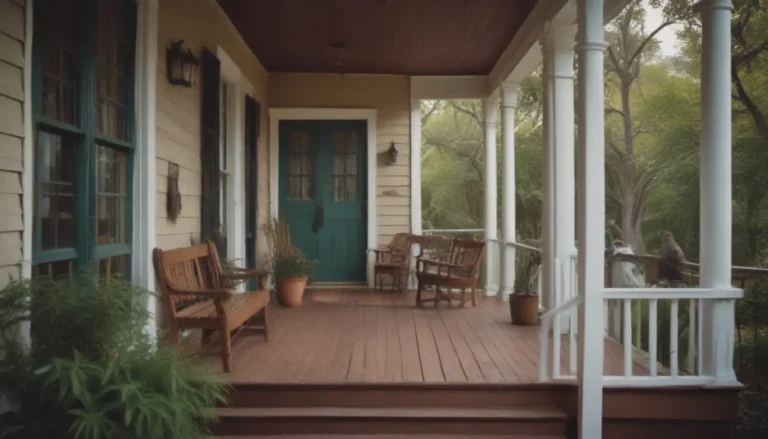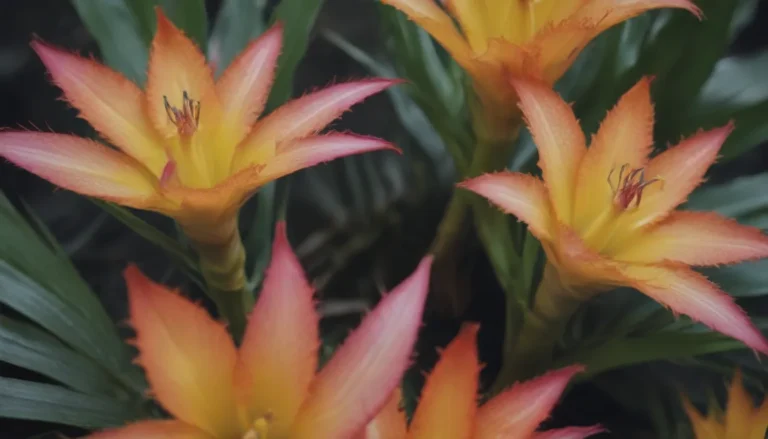A Comprehensive Guide to Growing and Caring for Tricolor Beech Trees

Tricolor beech trees are a beautiful and unique addition to any landscape, with their striking variegated leaves and rose-colored appearance. In this in-depth guide, we will explore everything you need to know about growing and caring for tricolor beech trees to ensure they thrive in your garden.
Understanding Tricolor Beech Trees
Tricolor beech, a type of European beech, is known for its distinctive features, including low branches, smooth gray bark, and oval-shaped variegated leaves that can showcase shades of green, pink, and white. These trees flourish best in cool climates, typically found in USDA zones 4 through 7.
Key Features of Tricolor Beech:
- Rose-colored appearance
- Variegated leaves in shades of green, pink, and white
- Low branches and smooth gray bark
- Thrives in cool climates (USDA zones 4-7)
Tricolor Beech Care Tips
To ensure your tricolor beech tree thrives, it’s essential to provide the right care and conditions. Here are some key care requirements to keep in mind:
Light:
- Tricolor beech trees thrive in partial to total shade, especially in warmer climates.
- Protect the leaves from scorching or stunted growth by providing adequate shade.
Soil:
- Opt for well-drained, moist, and slightly acidic soil with a pH between 5.0 and 6.5.
- Avoid waterlogged soils and urban conditions that may stress the tree.
Water:
- Water regularly, especially during the tree’s establishment period in the first two years.
- Keep the tree away from de-icing salts and ensure consistent soil moisture.
Temperature and Humidity:
- Tricolor beech prefers cooler climates with average temperatures below 75 degrees Fahrenheit.
- Protect the tree from spring frosts and ensure adequate humidity levels.
Fertilizer:
- Feed your tricolor beech once a year before new growth appears in the spring.
- Use a general granular fertilizer and water the tree well afterwards.
Types of European Beech Varieties
In addition to tricolor beech, there are several other popular varieties of European beech to consider for your garden:
- Fagus sylvatica ‘Purpurea’: Known for its purple foliage.
- Fagus sylvatica ‘Tortuosa’: Features twisted branches and unique growth patterns.
- Fagus sylvatica ‘Pendula’: A weeping variety of European beech.
- Fagus sylvatica ‘Zlatia’: Notable for its golden foliage.
Pruning and Propagating Tricolor Beech Trees
Proper pruning and propagation techniques can help maintain the health and beauty of your tricolor beech tree:
Pruning:
- Remove suckers and dead branches regularly to promote healthy growth.
- Prune during the late winter dormant season and avoid pruning until the tree is established.
Propagating:
- It’s best to plant tricolor beech as a sapling from a nursery.
- Avoid propagation from cuttings due to a low success rate, and growing from seed may not produce the desired tree.
Overwintering and Common Pests
Tricolor beech trees are hardy and can withstand winter temperatures up to USDA zone 4. However, they may be susceptible to common pests and diseases:
Common Pests:
- Beech scale and caterpillars are common insect problems.
- Treat with systemic pesticides or insecticidal soap sprays as needed.
Plant Diseases:
- Canker disease is a common fungal issue that can be prevented with proper care.
- Powdery mildew may also affect tricolor beech trees but can be treated with fungicides.
Encouraging Blooms and Dealing with Common Problems
Tricolor beech trees bloom in April and May, though they are more prized for their colorful foliage than their flowers. Here’s how you can encourage blooms and address common issues:
Encouraging Blooms:
- Fertilize the tree canopy in March to promote healthy flowering.
- Deadhead blooms to encourage growth, but remember that tricolor beech trees are slow growers.
Common Problems:
- Beech leaf disease is a new issue affecting some tricolor beech trees in certain regions.
- Powdery mildew may also occur but can be treated with fungicides.
The Growth of Tricolor Beech Trees
Tricolor beech trees may start slow but can eventually reach a mature height of 40 feet tall and 30 feet wide. These trees have long lifespans, often living for over 300 years.
Final Thoughts
Tricolor beech trees are a stunning addition to any landscape, with their unique foliage and striking appearance. By providing the right care, soil conditions, and maintenance, you can ensure that your tricolor beech thrives and adds beauty to your garden for years to come. Keep these tips in mind as you embark on your journey to grow and care for these remarkable trees.





